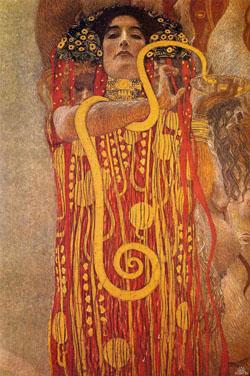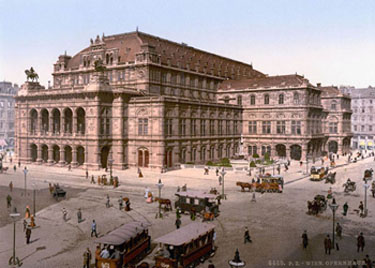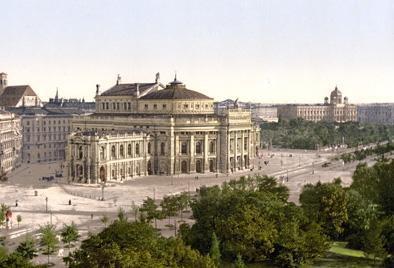Hans NeurathThe Bial-Neurath FamilyVienna, his birthplaceThe city around 1909 When Hans was born in 1909, Vienna was the capital of a multinational empire comprising about 50 million people of whom 12 million were German-speaking. |
|
|
|
|
| Austria-Hungary, 1867-1918 | |
|
Vienna was one of the most cosmopolitan cities of Europe as well as one of the largest, with a population of almost two million. It was the center of political power and financial wealth. Its intellectual and cultural attractions and economic opportunities made it an exciting place to live in, both for its native population and for the immigrants—Jews and non-Jews alike—who moved to it. Vienna, a city with a vibrant cultural life around this time produced some of the most important contributions to our modern culture. To name just a few outstanding individuals and their respective fields: Sigmund Freud in psychoanalysis, Ludwig Wittgenstein in philosophy, Gustav Mahler and Arnold Schoenberg in music, Gustav Klimt, Oskar Kokoschka and Egon Schiele in art, Otto Wagner and Adolf Loos in architecture, Hugo von Hofmannsthal, Arthur Schnitzler, Robert Musil and Karl Kraus in literature. And it is important to note that the creators and practitioners of this modern culture were predominantly Jewish or of Jewish descent. |
|
|
|
|
| Otto Wagner Church at Steinhof Psychiatric Hospital, 1907 Gustav Klimt, Medicine, 1907 | |
|
In 1909, the year Hans was born, Wolfgang Oswald published his groundbreaking The Foundations of Colloid Chemistry, a field in which Hans Neurath two decades later will begin his long career as a scientist. |
|
|
|
|
|
The Staatsoper and the Burgtheater at the Ring Boulevard at the time Hans was born. |
|
|
Austria becomes a Republic A decade later, after he had finished primary school, Hans entered Gymnasium. Around the same time, Emperor Charles I abdicated and Austria became a republic. It signed a peace treaty, which reduced the Austro-Hungarian Empire of 50 million people to a country with a population of less than 7 million. |
|
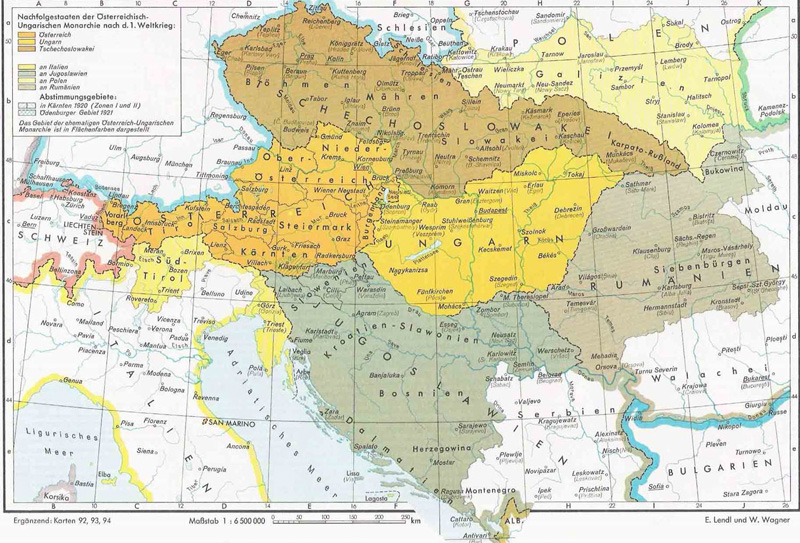 |
|
| The realm of the former Austro-Hungarian Empire: The Successor States after 1919. | |
|
Austria received a constitution, which gave equal rights and universal suffrage to all Austrians, men and women alike and which gave explicit protection to its minorities.There was a general political crisis in Europe following World War I as there was a severe economic and social crisis and it was especially severe in Austria, where the people were confronted with food shortages and terrible economic difficulties. The question of whether the new republic was viable as a state was destined to dominate the political discourse for years to come. Austria was also a country with a serious identity crisis. Most Austrians 1918/19 did not want an independent Austrian Republic; they wanted instead a union with Germany, which the victorious powers at the Paris Peace Conference would not permit. The Republic of Austria turned out to be a state no one wanted.Vienna after World War I where every third Austrian lived became the over-sized capital of a small state. The city was particularly hard hit by the disintegration of the Monarchy because it lost its food supply from Hungary and its supply of industrial materials and coal from lands now in Czechoslovakia. Only Allied food aid kept the Viennese alive in the postwar years. |
|
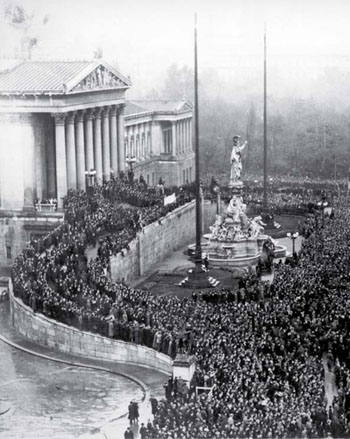 Viennese gather in front of the Parliament Building: On November 12, 1918, the National Assembly declared Austria a republic, a constituent part of the German Republic. |
|
|
Vienna though remained a center of cultural and intellectual innovation, and its Jewish bourgeoisie continued to have a large presence in it. In psychoanalysis Freud continued to write major works now joined by Alfred Adler; Schoenberg, joined by Alban Berg and Anton Webern, wrote atonal and dodecaphonic music; Musil, Schnitzler, Hofmannsthal and Kraus continued writing, joined by Joseph Roth, Hermann Broch, Stefan Zweig, and Elias Canetti. And again many of the creators and practitioners of the culture were of Jewish descent.
Hans NeurathThe Bial-Neurath Family |


